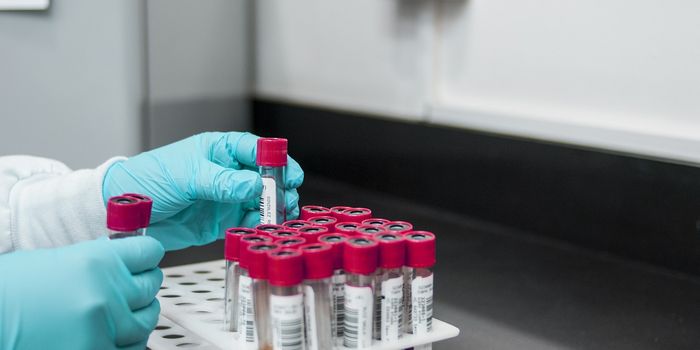PFAS Are Everywhere, But There May be a Way to Break Them Down
Per- and polyfluoroalkyl substances or PFAS, such as perfluorooctane sulfonic acid (PFOS) are often referred to as forever chemicals because the bonds in these chemicals are so strong, they don't break down naturally. As such, they have built up in many places in the environment, and can now be found in plants, aimals, and the human bloodstream. Since the 1940s, they have been used in a multitude of products including cosmetics, hygiene products, food packaging, nonstick cookware, pharmaceuticals, detergents, and children's toys, for example. And in recent decades, the public has been gradually made aware of the threat they pose, largely through lawsuits. It appears that more than 6,400 PFAS-related lawsuits have been filed since 2005.
The health impacts of PFAS are still unclear, but they may be associated with a variety of health problems including allergies, asthma, obesity, an impaired vaccine response in children, increased cholesterol, alterations in liver enzymes, decreased infant birth weight, and an increase in the risk of some types of cancer. And these chemicals truly seem to be everywhere.
A study in Science of The Total Environment sampled Florida oysters collected from Biscayne Bay, Marco Island and Tampa Bay, and there were PFAS in all 156 oysters that were analyzed. The researchers noted that this is evidence that these chemicals are in water and the food chain.
Researchers recently found PFAS in cattle in Michigan that is used for meat processing and sold for consumption. PFAS was also found in manure and soil. Frozen beef cuts were analyzed and carried one PFA called PFOS (perfluorooctanesulfonic acid) at a level of 1.9 ppb.
Studies have also shown that PFAS are in the environment. Recent work found PFAS in otters, and levels were higher in otters that lived near wastewater treatment plants. There are also PFAS in the Great Lakes, and researchers have found that while the contribution is low, some of those chemicals are coming from rivers that empty into the lakes.
The EPA has warned that these chemicals pose a threat to human health even at extremely low levels - in other words, levels that are so low the chemicals can no longer be detected with the tests we use.
Two compounds in particular, PFOA (perfluorooctanoic acid) and PFOS, have been phased out of use in manufacturing on a volunteer basis, but there are a few instances in which they are still applied, like carpeting, cardboard, and firefighting foam. In 2016, the limit on these chemicals was 70 parts per trillion, and new guidelines set the limit "near zero." The EPA is also expected to set limits on the chemicals that replaced PFOA and PFOS soon. Some states have tougher limits than those federal standards for PFAS, whic have also been detected in the water sources of thousands of communities.
There may be some good news, however. Scientists have found that PFAS can be broken down with UV light and sulfite (SO32−), a process known as photochemical degradation. There were some issues with this process, however. It was slow and consumed a lot of energy, and left undesirable byproducts, for example.
Environmental engineering researchers at the University of California Riverside have recently showed that when iodide was added to the photochemical degradation process, as much as 90 percent of PFAS were destroyed in a few hours without generating unwanted byproducts. This UV/sulfite+iodide system could also destroy PFOA and PFOS. Tests showed that the process could eliminate PFAS from brine, which was meant to mimic the removal of these chemicals from groundwater. The findings have been reported in Environmental Science & Technology.
While this system may not take so-called forever chemicals out of everything in the environment now, it may be possible to start the cleanup and decontamination process.
Sources: EPA, Science of The Total Environment, Environmental Science & Technology









